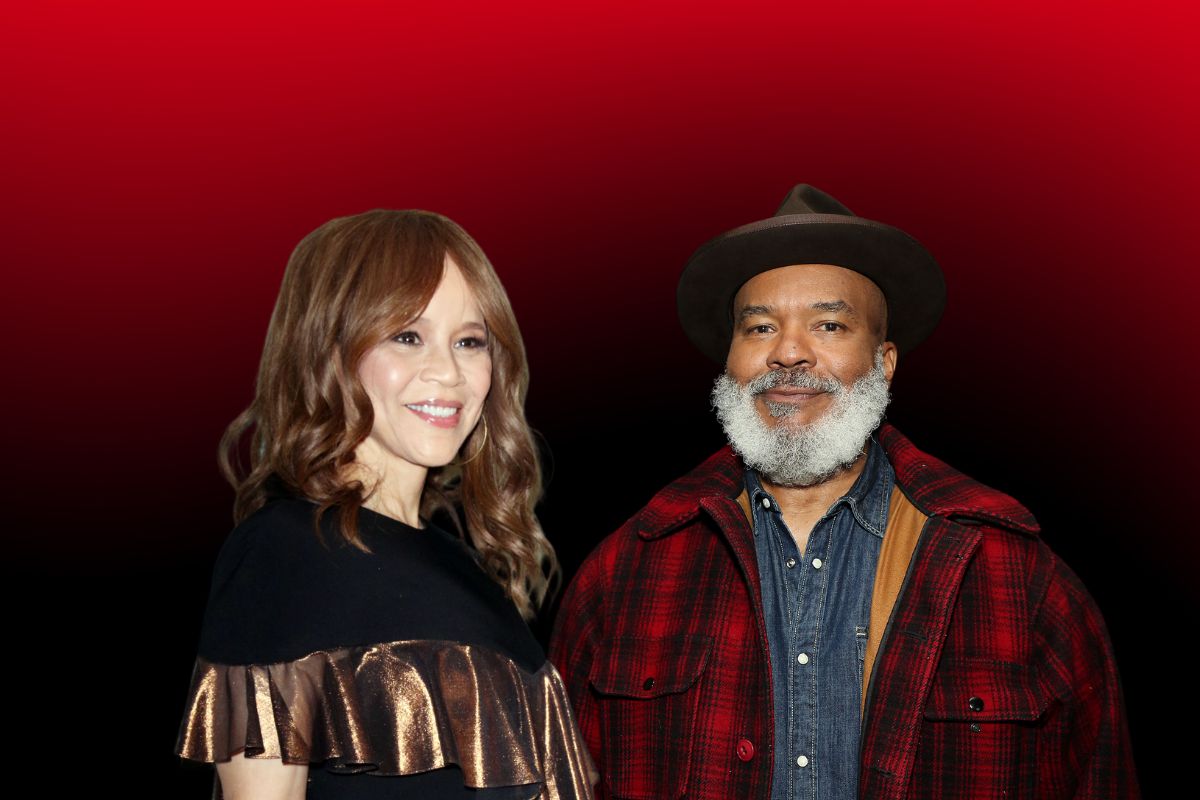In a recent sit-down with AllHipHop, veteran comedian and actor David Alan Grier discussed his illustrious career and his latest film project, “The American Society of Magical Negroes.”
During the interview, Grier delved into the important contributions of Hip-Hop to his career, especially his time on the groundbreaking sketch comedy show “In Living Color.”
“In Living Color,” which aired from 1990 to 1994, revolutionized television in numerous ways, not least of which was integrating Hip-Hop culture into mainstream media.
While the show is often remembered for its daring sketches and the launch of several high-profile careers, a less-told story is that of Rosie Perez’s pivotal role in blending Hip-Hop with the show’s comedic fabric.
“It was Rosie Perez because her position was not official,” Grier revealed, shedding light on the unofficial yet critical role Perez played behind the scenes. “She was the one who brought all these emerging Hip-Hop acts onto ‘In Living Color.'”
As the show’s choreographer, Perez had an ear to the ground in the Hip-Hop community and leveraged her position to introduce Hip-Hop music and artists to a broader audience.
According to Grier, Perez had an unparalleled knack for convincing the show’s creator, Keenan Ivory Wayans, of the cultural and entertainment value these artists could bring.
“[She] convinced Keenan, here we should put these people on, put these people on, and so it was all hands on deck,” Grier recalled about Perez’s persuasive efforts.
This initiative greatly contributed to “In Living Color’s” legacy as a show that was not only funny but also culturally relevant and innovative.
The program featured performances by notable Hip-Hop acts, including Heavy D & The Boyz, Queen Latifah, and Public Enemy, blending the lyrical and musical creativity of Hip-Hop with the show’s comedic genius.
Grier reflected on the creative atmosphere of the show, emphasizing the open-door policy for creativity: “You can sit here and waste all this time or do your work, come with your characters, and we’ll give you some daylight if they’re good.”
This environment allowed Hip-Hop to be integrated into the show, thrive, and become a cornerstone of its identity.
As the conversation veered towards the present, Grier mused on the evolution of Hip-Hop.
“It’s funny, I’m trying to think, sometimes I don’t even know what Hip-Hop is anymore,” indicating the genre’s vast growth and permutations over the years.
This reflection underscores Hip-Hop’s indelible influence not only on Grier and “In Living Color” but also on entertainment and culture at large.
From its inception, “In Living Color” broke molds and pushed boundaries, thanks in no small part to Rosie Perez’s vision and determination to fuse Hip-Hop with comedy.
This made the show a seminal piece in the narrative of Hip-Hop’s journey into mainstream consciousness.
